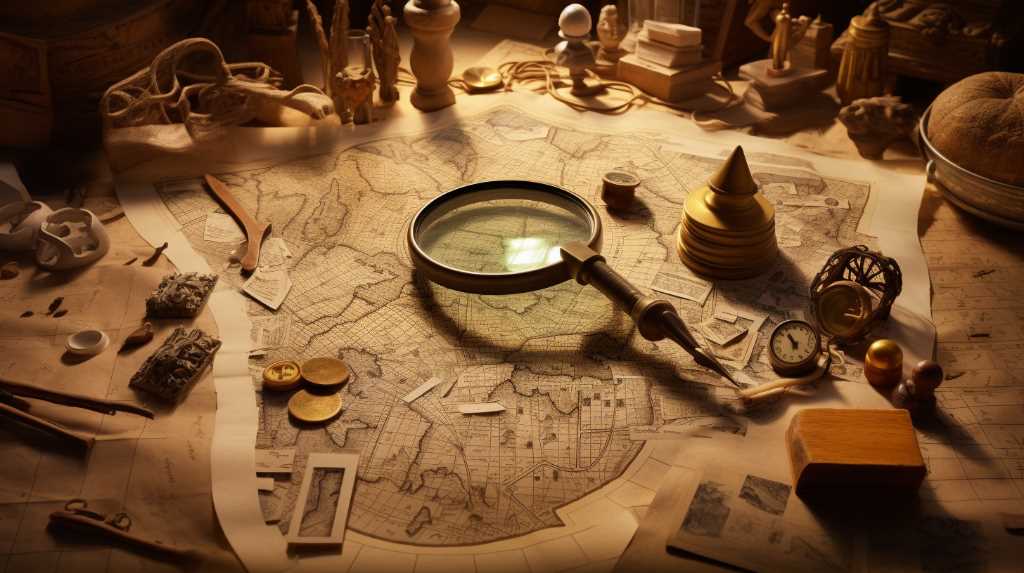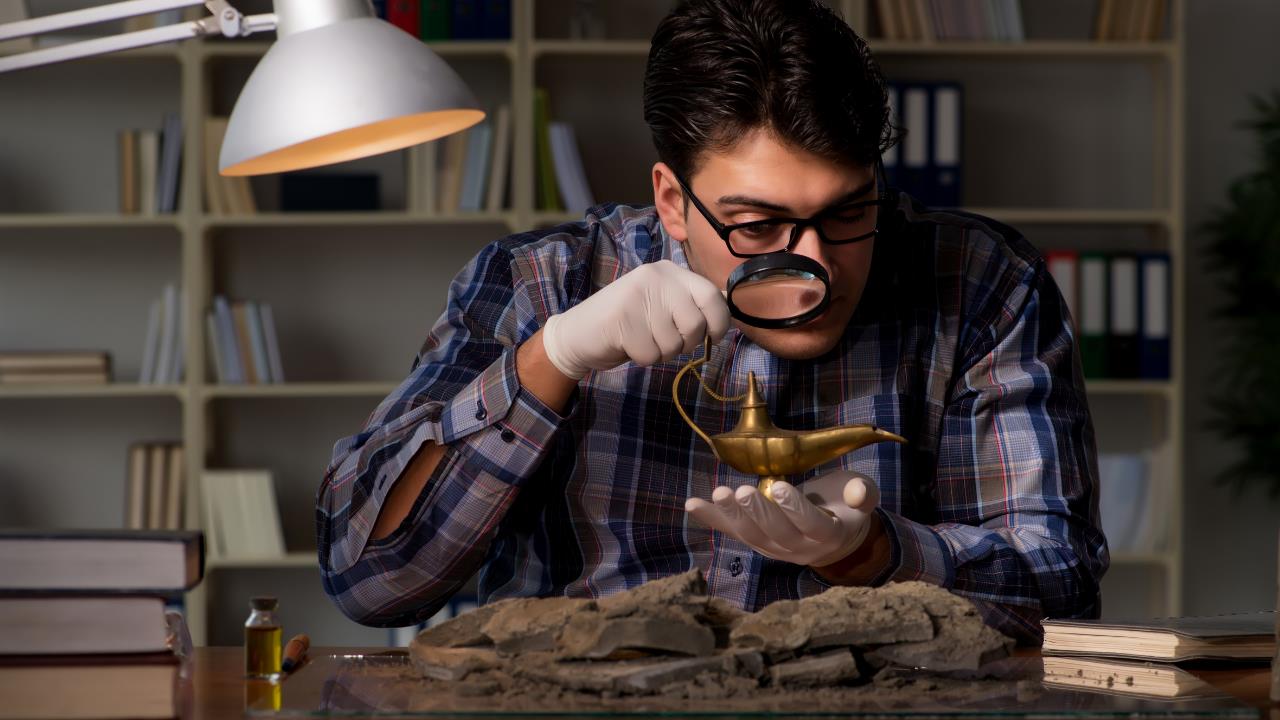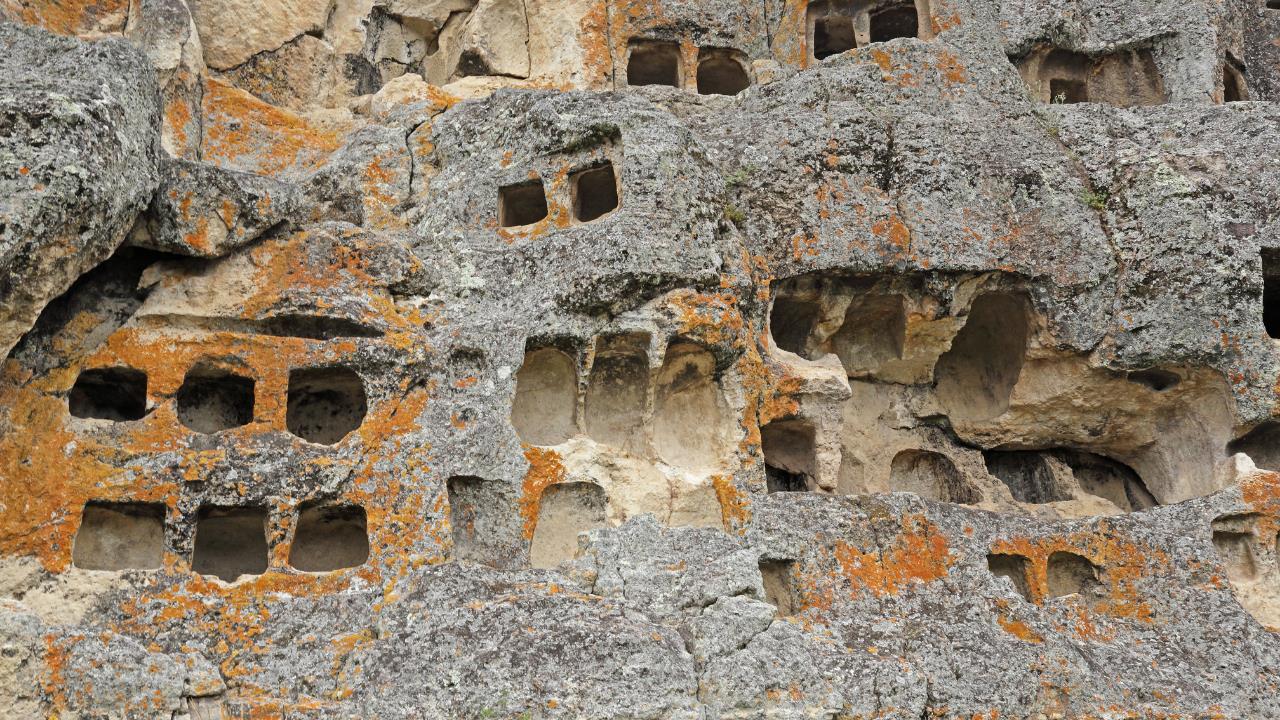
Deciphering the Past: Comprehensive Guide to Interpreting Ancient Archeological Sites
You're about to embark on a thrilling journey into the past. With this comprehensive guide, you'll unravel the mysteries of ancient archaeological sites.
You'll delve into artifact analysis, apply anthropological theories, and collaborate with historians.
You'll consider cultural contexts and appreciate the role of comparative studies.
You're not just observing history; you're actively participating in its discovery.
Let's ignite your passion for archaeology and explore the stories that ancient remnants have to tell.
Key Takeaways
- Historical background exploration is essential for understanding the relationship between historical events, societal structures, and physical remnants at ancient archaeological sites.
- Artifact analysis is a crucial aspect of interpreting ancient archaeological sites, involving accurate dating techniques and material analysis to deduce socio-economic status, technological skills, and cultural aspects.
- Artifact dating techniques, such as relative methods like stratigraphy and absolute methods like radiocarbon dating, are used to contextualize artifacts within a broader historical and cultural timeline.
- The significance of artifact placement in ancient archaeological sites reflects cultural norms, rituals, and societal structures, and studying artifact placement can help uncover the puzzle of human history.
Historical Background Exploration
Diving into the heart of historical background exploration, you'll uncover layers upon layers of knowledge, opening doors to understanding the context behind ancient archeological sites. As you delve deeper, you'll start to see the integral relationship between historical events, societal structures, and physical remnants left behind.

You'll learn to interpret how a civilization's technological advancements, religious beliefs, and societal norms shaped its architecture and town planning. You'll also discern how geographical factors influenced settlement patterns, farming practices, and warfare strategies.
By meticulously chronicling and cross-referencing these aspects, you'll not only be deciphering the past but also contributing to the comprehensive body of archeological knowledge.
Now that you've grasped the importance of historical context, let's take a deep dive into artifact analysis.
Deep Dive Into Artifact Analysis
In your journey to interpret ancient archaeological sites, you're about to explore the realm of artifact analysis.
You'll learn to accurately date artifacts, understand the materials they're composed of, and discover the significance of their placement.
These tools will enhance your ability to piece together the complex narratives that these ancient items embody.
Artifact Dating Techniques
You've unearthed an intriguing artifact, but now you must tackle the challenge of artifact dating, a crucial step in the analysis process. Dating techniques range from relative methods, like stratigraphy, which hinge on the principle of superposition, to absolute methods, like radiocarbon dating, which can provide a specific age.

Understanding these techniques isn't just about putting a date on your artifact. It's also about contextualizing it within a broader historical and cultural timeline. For instance, dendrochronology or tree-ring dating can illuminate environmental changes during the artifact's lifetime.
Each technique has its strengths and limitations, and it's often necessary to employ a combination of methods for a comprehensive analysis. Mastery of these techniques can transform a simple artifact into a valuable window into the past.
Understanding Artifact Materials
Now that you're familiar with dating techniques, let's delve into the materials that make up your artifact, a vital aspect of your in-depth analysis. By understanding the materials, you can deduce the socio-economic status, technological skills, and cultural aspects of the people who made it.
Stone, bone, metal, and clay were commonly used. The choice of materials can reveal the resources available, the geographical location, and the era. For example, a bronze artifact indicates knowledge of metal alloying and typically dates back to the Bronze Age. Bone artifacts, meanwhile, suggest prehistoric times when metals were scarce.
In essence, the material analysis provides a wealth of information that, when combined with dating techniques, can paint a rich picture of the past.
Significance of Artifact Placement
Building on your understanding of artifact materials, let's delve into the significance of artifact placement, a factor that can further enrich your analysis of ancient archeological sites. Artifact placement can reveal cultural norms, rituals, and societal structures.
Consider these key points:

- Stratigraphic location: The deeper an artifact, the older it likely is.
- Proximity: Artifacts found together may be related in purpose or use.
- Position: The orientation can indicate cultural rituals or beliefs.
- Displacement: Movement from original location can suggest post-depositional factors.
- Context: Placement in relation to other artifacts or features can provide a broader narrative.
Studying artifact placement isn't just about locating antiquities; it's about piecing together the puzzle of human history.
Anthropological Theories Application
In the course of interpreting ancient archaeological sites, it's crucial to apply anthropological theories to contextualize findings and uncover the lifestyles, cultures, and histories of past civilizations. You utilize theories such as cultural materialism to understand how physical artifacts reflect societal structures and values.
Functionalism aids in deciphering how each artifact served a purpose in the society, contributing to its survival and progression. Applying diffusion theory, you can surmise how ideas, innovations, or cultural traits spread through a population over time.
It's a meticulous but rewarding process, shedding light on the intricate web that forms human history. Having discussed the anthropological theories' application, we'll now delve into the importance of collaborations with historians in our archaeological investigations.
Collaborations With Historians
You'll find that partnering with historians significantly enriches your archeological investigations, providing crucial context and insights into the societies you're studying. This collaboration opens up a wealth of knowledge, offering a more profound understanding of ancient cultures.
Here are some benefits of this collaboration:
- Historians' expertise in interpreting ancient texts assists in understanding societal norms, beliefs, and practices.
- They aid in accurately dating artifacts and ruins.
- They provide context for societal changes, helping to interpret shifts in architectural styles or burial practices.
- Their understanding of political history can shed light on the rise and fall of civilizations.
- Collaborative publications provide a more in-depth analysis, fostering scholarly dialogue and advancing our knowledge of the past.
Through such collaborations, you'll realize the full potential of your findings.

Cultural Context Consideration
As you explore the realm of ancient archaeological sites, the consideration of cultural context becomes paramount.
It's crucial to recognize how historical practices influence your interpretation of the artifacts and structures you're investigating.
This understanding will allow you to accurately assess and appreciate the intricate dynamics of the society that once thrived in that locale.
Understanding Historical Practices
To truly grasp the significance of ancient archeological sites, you've got to consider the cultural context and historical practices of the era. Understanding these practices isn't just about knowing what happened; it's also about appreciating how these events shaped the society and influenced the future.
Consider these points:
- Study the societal structure, it provides insights into hierarchies and power dynamics.
- Look at religious practices, they often reflect societal values.
- Analyze technological advancements, they can indicate a society's progress.
- Review economic systems, they reveal wealth distribution and trade practices.
- Examine artistic expressions, they mirror the aesthetic values and emotions of the people.
Impact on Interpretation
Digging deeper into the cultural context, you're not just interpreting the physical remains, but also deciphering the underlying values, beliefs, and societal norms that had a significant impact on the creation and use of these archaeological sites. You're seeing beyond the mere artifacts, into the very ethos of a civilization.
This perspective is crucial, as it provides a holistic understanding of ancient societies and their practices. Every artifact, structure, or symbol carries cultural significance, reflecting social hierarchies, religious beliefs, economic systems, and more. Ignoring this context can lead to misinterpretation and oversimplification of complex historical narratives. Therefore, such nuanced interpretation is integral to archaeological studies.

As you progress, let's now explore how comparative studies play a vital role in this process.
Comparative Study's Role
In your exploration of ancient archaeological sites, one crucial tool you'll often use is comparative study. This method allows us to draw meaningful conclusions about past cultures by comparing different sites and artifacts. Here's how comparative study aids in your investigation:
- It helps establish a chronological sequence among artifacts and sites.
- It aids in identifying cultural diffusion, where one culture's practices influence another.
- It assists in determining the purpose or function of unfamiliar artifacts.
- It contributes to the understanding of socio-economic structures of past societies.
- Lastly, it facilitates the recognition of patterns in design and construction methods.
Thus, a comparative study is indispensable. It brings a broader perspective and depth to your archaeological research, helping you interpret the past more accurately.
Conclusion
In sum, understanding ancient archeological sites demands an interdisciplinary approach. It's about delving into artifact analysis, applying anthropological theories, collaborating with historians, considering cultural contexts, and engaging in comparative studies.
This comprehensive framework not only helps decipher the past but also weaves a rich tapestry of human history, enhancing our understanding of civilizations that once thrived.
So, immerse yourself in this fascinating journey of discovery and contribute to this foundational field of study.
 Backyard GrillingWeekend WarriorsAdvice from DadBeard GroomingTV Shows for Guys4x4 Off-Road CarsMens FashionSports NewsAncient Archeology World NewsPrivacy PolicyTerms And Conditions
Backyard GrillingWeekend WarriorsAdvice from DadBeard GroomingTV Shows for Guys4x4 Off-Road CarsMens FashionSports NewsAncient Archeology World NewsPrivacy PolicyTerms And Conditions
